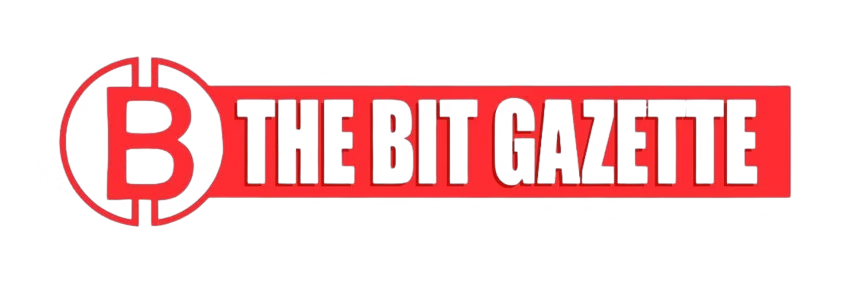U.S. prosecutors are weighing an appeal after two Estonian nationals behind the $577 million HashFlare Ponzi scheme received what many see as a lenient sentence — “time served” — despite admitting to one of the largest crypto frauds in recent history.
Both individuals have been ordered to pay fines of $25,000 each, complete 360 hours of community service and fulfill a term of supervised release in Estonia.
The court also ordered them to forfeit over $450 million in assets including cryptocurrency, real estate, vehicles, cash, and mining equipment which will go into a remission process to partially repay victims of the HashFlare Ponzi scheme.
Judge Rejects 10 Year Prison Request
Prosecutors pushed for a prison term of up to ten years, describing the HashFlare Ponzi scheme as among the most significant cryptocurrency fraud trials ever handled in the Western District of Washington. They argued that the 16 months already served did not reflect the scale of the financial and emotional harm caused.
Defense attorneys countered that many investors withdrew more than they invested, and pointed to $400 million in assets already returned or seized. Judge Lasnik appeared persuaded by these repayments and the forfeiture terms, noting that victims could still see significant restitution from the remission process.
DOJ Mulls Appeal Over Leniency
The Department of Justice has not ruled out challenging the sentence. Officials worry the outcome could set a precedent that emboldens future fraudsters if high profile scams like the HashFlare Ponzi scheme result in minimal jail time.
Acting U.S. Attorney Teal Luthy Miller stressed that:
“just like a classic Ponzi, they diverted millions of dollars for their own benefit, while the vast majority of victims suffered devastating losses.”
Prosecutors also argue that many of the alleged repayments were based on fabricated performance data from the HashFlare Ponzi scheme.
How the HashFlare Ponzi Scheme Worked
Launched in 2015, HashFlare marketed itself as a cryptocurrency mining service, selling contracts that promised customers a share of mining profits. From 2015 to 2019, the operation drew in upwards of $577 million from a customer base exceeding 440,000 individuals.
According to the DOJ, much of the HashFlare Ponzi scheme was built on falsified mining dashboards, with the company lacking the computing power to produce the cryptocurrency it claimed. Potapenko and Turõgin also pitched Polybius Bank, a crypto focused institution that never became operational, using it as another vehicle to gather investor funds.
Prosecutors say both ventures were shells for the HashFlare Ponzi scheme, which used incoming investments to pay earlier participants while diverting millions into personal accounts and shell companies.











